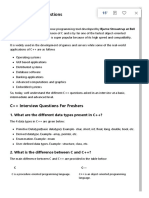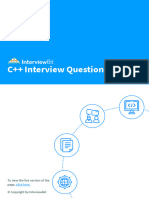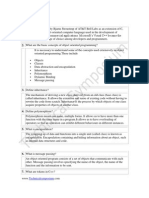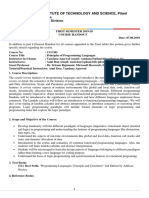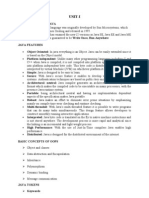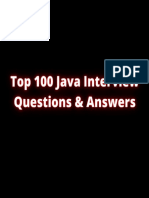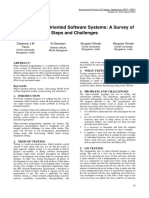0% found this document useful (0 votes)
22 views8 pagesCPP Cheatsheet
This C++ cheatsheet covers fundamental concepts such as the differences between C and C++, inheritance, static members, destructors, and abstract classes. It also explains advanced topics like copy constructors, shallow vs deep copy, virtual functions, and memory management. Key definitions and examples are provided for each concept to aid understanding.
Uploaded by
shaktisampadswainCopyright
© © All Rights Reserved
We take content rights seriously. If you suspect this is your content, claim it here.
Available Formats
Download as PDF, TXT or read online on Scribd
0% found this document useful (0 votes)
22 views8 pagesCPP Cheatsheet
This C++ cheatsheet covers fundamental concepts such as the differences between C and C++, inheritance, static members, destructors, and abstract classes. It also explains advanced topics like copy constructors, shallow vs deep copy, virtual functions, and memory management. Key definitions and examples are provided for each concept to aid understanding.
Uploaded by
shaktisampadswainCopyright
© © All Rights Reserved
We take content rights seriously. If you suspect this is your content, claim it here.
Available Formats
Download as PDF, TXT or read online on Scribd
/ 8















